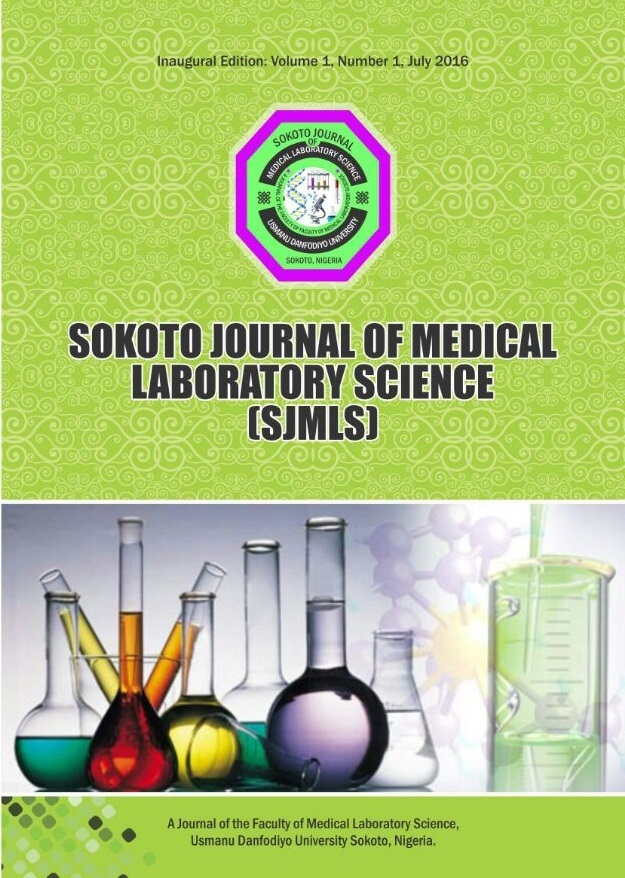Prevalence of Anaemia and Iron Deficiency Anaemia among Pregnant Women in a Nigerian Rural Community
Keywords:
Anaemia, Iron deficiency, soluble transferrin receptorAbstract
Anaemia, especially iron deficiency anaemia, is one of the most common nutritional deficiency diseases observed globally and affects more than a quarter of the world’s population. It is a major public health problem affecting all ages of the population with its highest prevalence among children under five years of age and pregnant women. This research examined the iron status of pregnant women in Akpabuyo, Cross River State. Fifty pregnant women within the age range of 15-45 years from St. Joseph’s Hospital, Ikot Ene in Akpabuyo Local Government Area of Cross River State were recruited as subjects in this study. The control consisted of fifty age-matched apparently healthy non-pregnant women. The tests that were carried out using standard method include full blood count (packed cell volume, haemoglobin, mean cell haemoglobin, mean cell haemoglobin concentration and red cell count), serum iron, total iron binding capacity, transferrin saturation, serum ferritin, soluble transferrin receptor and soluble transferrin receptor/ferritin ratio. The prevalence of anaemia and iron deficiency anaemia were found to be significantly higher (p<0.05) among pregnant women (76.0%, 32.0%) when compared to non-pregnant women (16.0%, 3.0%). The mean haemoglobin, haematocrit, serum iron, serum ferritin and transferrin saturation were significantly reduced (p<0.01) in pregnant than non-pregnant women while total iron binding capacity and soluble transferrin receptor were significantly higher among the pregnant subjects compared to the non-pregnant controls (p<0.01). It was also shown that pregnant women in their third trimesters and multigravidae had the highest prevalence of anaemia and iron deficiency anaemia while prevalence of anaemia was significantly higher among the pregnant women in their second trimester. In conclusion the study has shown that the prevalence of anaemia and iron deficiency anaemia among pregnant women in the studied area is indeed very high and can be considered a public health problem.




